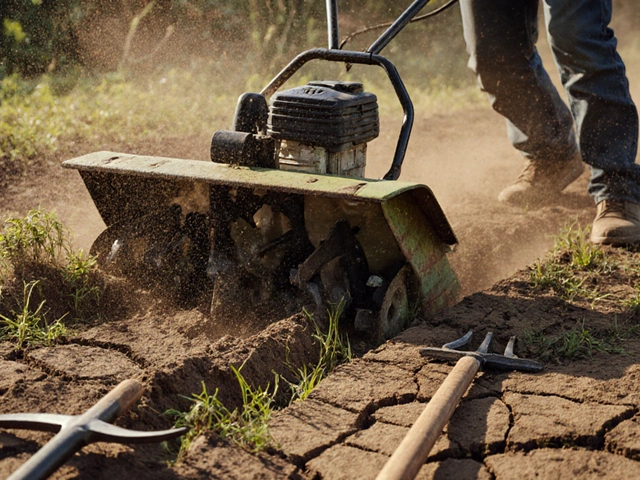Tap Water for Plants – What You Need to Know
Most of us just turn on the tap and water our greenery without a second thought. But tap water isn’t always perfect for plants. It can contain chlorine, hard minerals, or be too cold. Knowing how to treat tap water can make a big difference in plant health.
Why Tap Water Can Harm Your Plants
Municipal water is treated to kill germs, and chlorine is the most common disinfectant. While chlorine keeps water safe for us, it can scorch root hairs and block nutrient uptake. In some regions the water is also very hard, meaning it has lots of calcium and magnesium. Those minerals can build up in the soil, making it harder for roots to absorb nutrients.
Temperature matters too. Cold water shocks young seedlings and slows down the metabolism of mature plants. If you water a houseplant with ice‑cold tap water, you’ll likely see leaf edges turn brown.
Simple Steps to Make Tap Water Plant‑Friendly
1. Let it sit. Fill a clean container with tap water and leave it open for 24 hours. This lets chlorine evaporate. Most experts say 8‑12 hours is enough for most chlorine levels, but 24 hours is safe for any lingering chemicals.
2. Use a filter. A simple carbon filter removes chlorine and improves taste. It also catches some of the harder minerals, giving you softer water.
3. Check temperature. Store the water in a room‑temperature spot before using it. If the water feels cool to the touch, let it warm up for a few minutes.
4. Watch the pH. Tap water can be slightly acidic or alkaline depending on your area. Most garden plants prefer a pH between 6.0 and 7.0. If you notice yellowing leaves, you might need to balance the pH with a garden‑grade amendment.
5. Don’t over‑water. Even the best‑treated tap water won’t help if you give the plant too much. Check the soil moisture before each watering.
On our site you’ll find a detailed guide called How Long to Let Tap Water Sit Before Watering Plants for Healthy Growth. It walks you through the exact timing, the science behind chlorine evaporation, and tips for different climates in India.
Other useful reads include How to Take Care of Indoor Plants and our Sustainable Gardening series, which both touch on water quality and conservation. By combining the right water habits with good soil, light, and feeding, your garden will stay vibrant and productive.
Remember, the goal isn’t to ditch tap water completely—it’s to make it work for your plants. A little patience, a simple container, and a quick filter can turn ordinary tap water into a plant‑friendly drink. Try the sitting method tomorrow and watch the difference in your next watering session.
Is Distilled Water the Same as Tap Water for Your Indoor Plants?
Understand the differences between distilled water and tap water when it comes to nurturing your indoor plants. Discover why the type of water you choose could impact your plant's health and learn the practical steps to ensure your green friends thrive. For plant enthusiasts looking to optimize growth, it's important to know which water best supports your indoor jungle.
About
Indoor Plant Care
Latest Posts
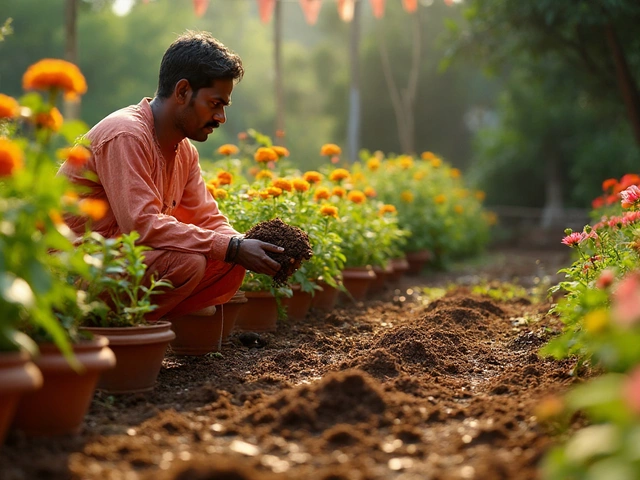
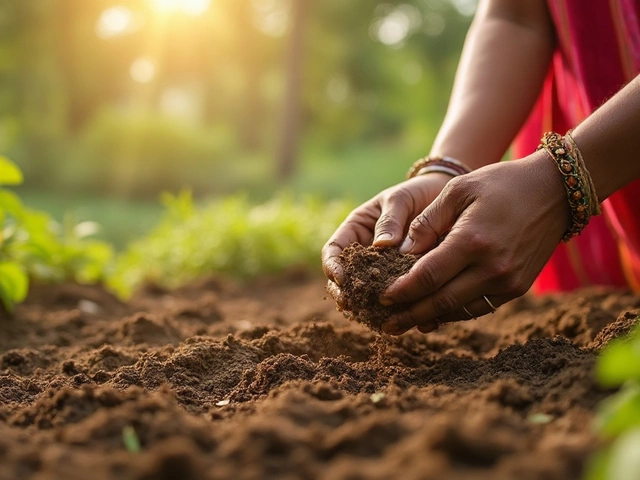
Revitalize Your Garden: Proven Ways to Refresh Tired Soil Fast
By Alden Thorne Jun 26, 2025
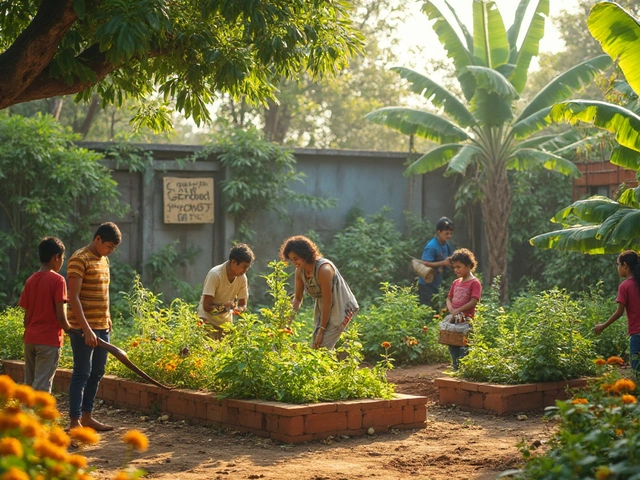
Self-Sustaining Garden: How to Start One the Easy Way
By Alden Thorne Jun 18, 2025
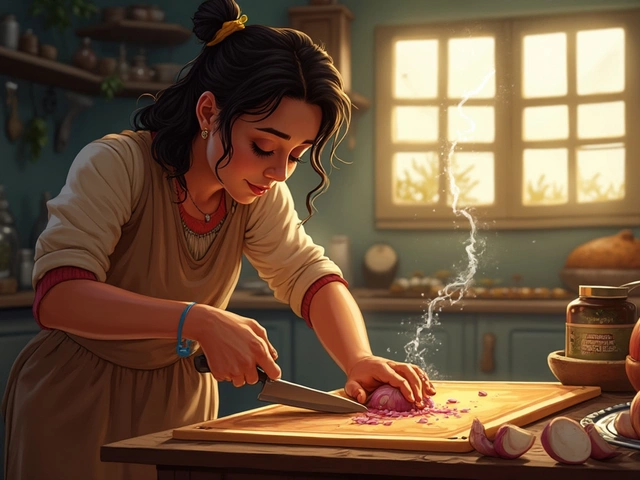
Why Do We Cry While Cutting Onions? Exploring the Science and Solutions
By Alden Thorne Feb 27, 2025
